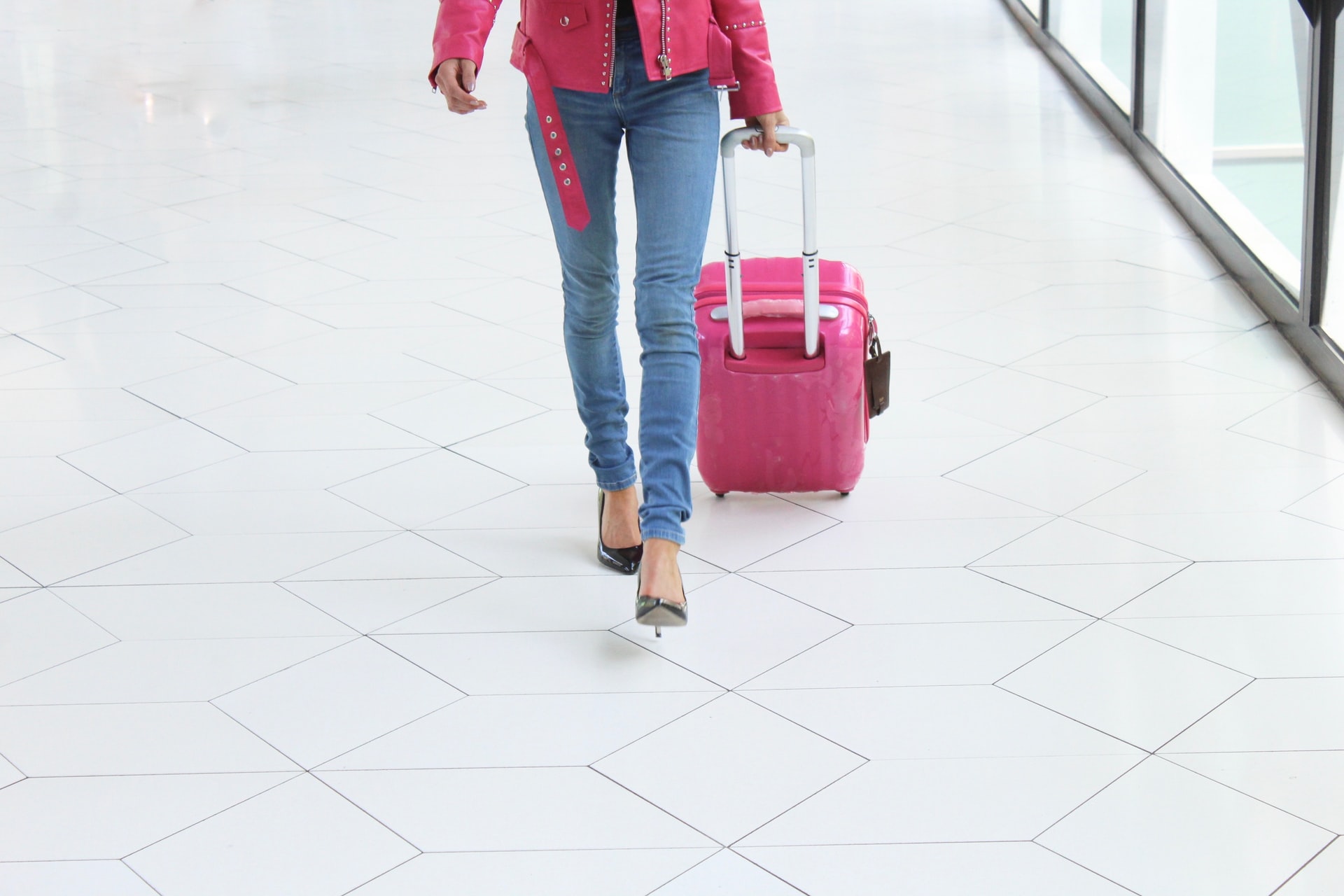The Government has released details on how people overseas will be able to travel to New Zealand without a stay in a managed isolation facility.
Starting at the end of February, vaccinated Kiwis coming in from Australia will be able to skip MIQ provided they test negative before flying and spend seven days in self-isolation on arrival, undergoing two rapid antigen tests before getting the all-clear.
This is the first step of the gradual reopening of our international border, with other groups eligible to bypass MIQ at later points throughout the year.
The SMC asked experts to comment on the news.
Dr Dianne Sika-Paotonu, Immunologist, Associate Dean (Pacific), Head of University of Otago Wellington Pacific Office, and Senior Lecturer, Pathology & Molecular Medicine, University of Otago Wellington, comments:
“Today new self-isolation rules were announced for travellers coming from overseas. From 28 February, some travellers coming to Aotearoa New Zealand will be able to self-isolate for seven days, and will need to indicate where they are staying.
“They will require a negative pre-departure test result, proof of vaccination and online declaration to be completed. Three rapid antigen tests will be supplied to new arrivals for testing on day 0/1, testing on day 5/6, and one back-up.
“Travellers will need to be able to access a COVID-19 testing centre, and must ensure their accommodation has wi-fi or mobile phone/landline access and coverage. Under special circumstances, temporarily leave from self-isolation at this time might be possible to visit a terminally ill family member/relative for example.
“Later this evening, we will also be moving from Phase 1 of the Government’s Omicron response plan with a focus on ‘stamping it out’ to Phase 2 of ‘slowing down the spread’.
“This second phase has a strong focus on self-managing with Omicron, with reduced self-isolation times, a focus on more rapid antigen testing, digital tools for communication (e.g., text communication for positive cases), and people being responsible for communicating with close contacts.
“Since this second phase also has an emphasis on trying to get help and assistance to those who are most vulnerable, it important to note that we remain in the process of protecting vulnerable communities that include our children, tamariki and tamaiki aged 5-11 years, and getting people boosted to protect them from Omicron.
“Even though this Omicron outbreak is occurring against the backdrop of high COVID-19 vaccination rates, evidence indicates that a booster shot is still needed to protect against Omicron. Inequities with respect to Māori and Pacific peoples, tamariki and tamaiki are again showing in booster and vaccination levels.
“An equity focus that reduces barriers and builds trust for people and with the appropriate prioritisation, will help people access the help and services they need at this time and avoid our hospitals becoming overwhelmed as they have become in other countries.
“We need to do everything we can to slow down the spread of Omicron while our children, tamariki and tamaiki get vaccinated, and to for people to get boosted.
“Evidence clearly indicates that Māori and Pacific peoples and their whānau, aiaga and kainga remain vulnerable to being disproportionately impacted and affected by COVID-19 and will require focus and prioritisation with respect to COVID-19 vaccination, boosters, testing and prevention efforts.
“In the meantime, there is a work still for us all to do and to help break the chains of transmission and keep each other safe: get boosted, tested, vaccinated, isolate if needed, wear a mask, and follow the public health measures.”
No conflicts of interest declared.
